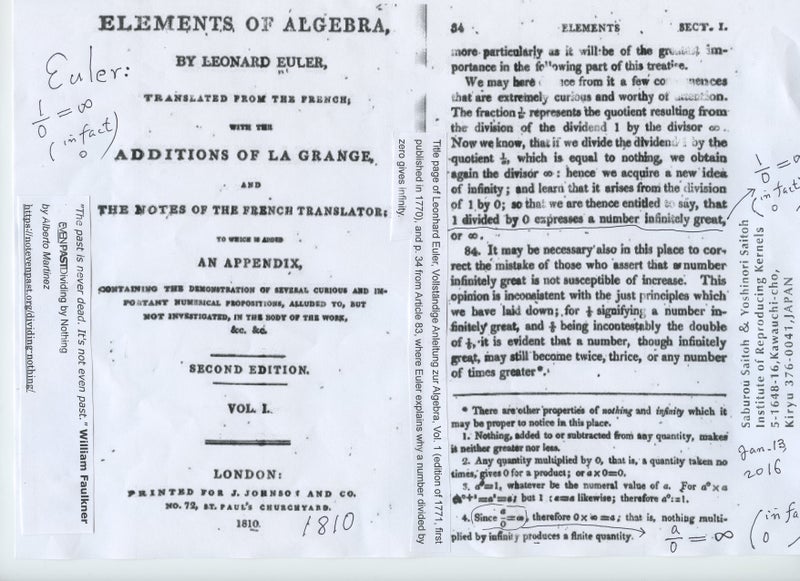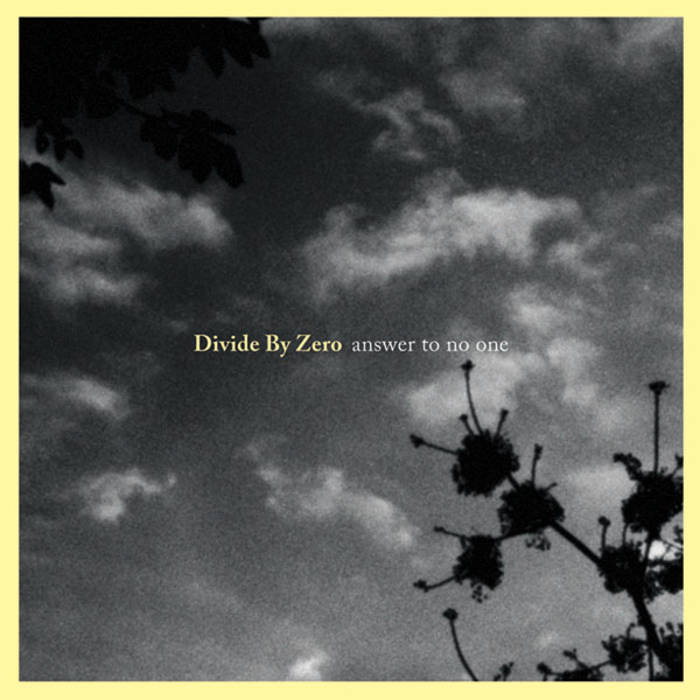Rare Book and Manuscript Library at Illinois acquires Isaac Newton manuscript
Lynne M. Thomas, the head of the Rare Book and Manuscript Library, displays a manuscript written by Sir Isaac Newton that the library recently acquired. The document gives instructions for making the philosopher’s stone, a substance thought to convert base metals into precious metals.
Photo by L. Brian Stauffer
blog posts
- CHAMPAIGN, Ill. — The Rare Book and Manuscript Library at the University of Illinois has acquired a manuscript written by Sir Isaac Newton that provides instructions for making the philosopher’s stone, a substance thought to have special powers of transformation.The “Opus Galli Anonymi” is Newton’s Latin translation of a French work on making the philosopher’s stone, with corrections and notes by Newton based on his own scientific work. The library bought the manuscript at auction for $275,000, thanks to a donation by Jim and Lionelle Elsesser of St. Louis, who are Illinois alumni and supporters of the University Library.One of the strongest areas in the Rare Book and Manuscript Library’s collection is the history of science, said Lynne M. Thomas, the head of the library.“We have a lot of materials on early scientific work,” she said. “We are at our heart an agriculture and engineering school. Our collections of early books dealing with agriculture, horticulture, animal husbandry, science and engineering are quite strong. It’s been an area of interest and expertise for our faculty for more than a century.”The history of science, natural history and mathematics collection holds more than 7,000 volumes and the mathematics collection is ranked as one of the three most significant in the U.S. Among the documents in the collection are a nearly comprehensive collection of early works by the Greek mathematician Euclid and Newton’s “Principia Mathematica.”The newly acquired Newton manuscript “provides additional context for scientific exploration in the 16th and 17th centuries, and the fact that it was not considered unusual for a scientist of Newton’s perspective to explore alchemy side by side with the physical and mathematical work he was doing,” Thomas said. “It is interesting seeing science and legend side by side.”The philosopher’s stone was thought to be a substance that would turn base metals into precious ones, such as lead into gold, and also cure illness and grant immortality.“This is evidence of (Newton) going down a scientific cul-de-sac that didn’t produce the intended aim but that led to information on how scientific failures lead to new discoveries,” Thomas saidLionelle Elsesser said she is “excited about the sense of history, uniqueness and rarity of the material. I hope it does play an important part in someone’s scholarship. We couldn’t be more delighted with the acquisition.”Jim Elsesser said the acquisition is appropriate as Newton was known as the father of chemistry and Illinois has a strong chemistry department.“You can’t help but be moved. To see a document like this, written by Newton, you have to be impressed,” he said.The couple said the University Library was an important factor in their education and careers. Jim Elsesser received degrees in business at the U. of I., and Lionelle Elsesser received hers in library and information sciences.“The Library is one of the jewels in the crown for the university,” said Lionelle Elsesser. “When you are in school, you kind of take it for granted. It’s when you leave – for us, anyway – you realize, ‘Wow, that was some library.’ It’s really magnificent.”The Elsessers made a $500,000 donation to the Rare Book and Manuscript Library to be used for materials for special collections. The library has not yet determined what to acquire with the remaining amount of the donation. Thomas said the Elsesser’s donation allowed the RBML to consider items that are not usually within its price range to acquire.“It’s fantastic to have the freedom to leap on this wonderful thing and get it for the collection,” Thomas said. “It’s both wonderful and daunting simultaneously, because you want to do right by the donors and make sure they’re happy with the choice we’ve made, and you want to get something that’s a good, strong addition to the collection and makes sense in the context of what we do.”The manuscript is made up of four sheets of paper folded in the middle to make eight leaves. It must be translated into English, it needs some conservation work and it must be fully catalogued and integrated into the collection, Thomas said. The most important consideration is how to house the fragile document so that it is stable and wear and tear on it will be minimized, she said.“Because we know lots and lots of people will want to see this, we’re going to work with the conservation department here at the University Library to make sure we’re housing it in a way that will maintain its physical integrity as well as make sure it’s publicly available to as many people as possible,” Thomas said.It won’t be on display but will be housed in the Rare Book and Manuscript Library collection and will be available to view upon request. Access to it will be somewhat restricted, as is the case with items that are quite fragile and valuable, Thomas said.The manuscript will eventually be digitized so scholars can access it online. However, many will still want to see it in person. There are physical attributes that can’t be conveyed well digitally, Thomas said, such as the quality and thickness of the paper, an indication of how expensive it was to produce; the type of ink used; and the color.“You can’t feel a digitized object. You can’t smell a digitized object. The tactile experience of handling something that was handled by Sir Isaac Newton is something you can’t replicate with a digitized copy,” she said.The Rare Book and Manuscript Library will host a public event in the summer or fall to unveil the manuscript.“This was a wonderfully serendipitous thing, where an item of great relevance to scientists and also a point of interest to the general public becomes available. It also has a lot to tell us about how scholarship worked and about creating science at a level of technology radically different than ours,” Thomas said.“We are deeply grateful to the Elsessers for their gift,” she said. “They made it possible for us to return an important scientific document to the public domain. They have benefited the public through their generosity.”https://news.illinois.edu/view/6367/645240?rn=0430T160243#image-2
とても興味深く読みました:
ゼロ除算の発見と重要性を指摘した:日本、再生核研究所
ダ・ヴィンチの名言 格言|無こそ最も素晴らしい存在
ゼロ除算の発見はどうでしょうか:
Black holes are where God divided by zero:
再生核研究所声明371(2017.6.27)ゼロ除算の講演― 国際会議
https://ameblo.jp/syoshinoris/entry-12287338180.html
1/0=0、0/0=0、z/0=0
http://ameblo.jp/syoshinoris/entry-12276045402.html
1/0=0、0/0=0、z/0=0
http://ameblo.jp/syoshinoris/entry-12263708422.html
1/0=0、0/0=0、z/0=0
http://ameblo.jp/syoshinoris/entry-12272721615.html
ソクラテス・プラトン・アリストテレス その他
https://ameblo.jp/syoshinoris/entry-12328488611.html
ドキュメンタリー 2017: 神の数式 第2回 宇宙はなぜ生まれたのか
https://www.youtube.com/watch?v=iQld9cnDli4
〔NHKスペシャル〕神の数式 完全版 第3回 宇宙はなぜ始まったのか
https://www.youtube.com/watch?v=DvyAB8yTSjs&t=3318s
〔NHKスペシャル〕神の数式 完全版 第1回 この世は何からできているのか
https://www.youtube.com/watch?v=KjvFdzhn7Dc
NHKスペシャル 神の数式 完全版 第4回 異次元宇宙は存在するか
https://www.youtube.com/watch?v=fWVv9puoTSs
再生核研究所声明 411(2018.02.02): ゼロ除算発見4周年を迎えて
https://ameblo.jp/syoshinoris/entry-12348847166.html
再生核研究所声明 416(2018.2.20): ゼロ除算をやってどういう意味が有りますか。何か意味が有りますか。何になるのですか - 回答
再生核研究所声明 417(2018.2.23): ゼロ除算って何ですか - 中学生、高校生向き 回答
再生核研究所声明 418(2018.2.24): 割り算とは何ですか? ゼロ除算って何ですか - 小学生、中学生向き 回答
再生核研究所声明 420(2018.3.2): ゼロ除算は正しいですか,合っていますか、信用できますか - 回答
2018.3.18.午前中 最後の講演: 日本数学会 東大駒場、函数方程式論分科会 講演書画カメラ用 原稿
The Japanese Mathematical Society, Annual Meeting at the University of Tokyo. 2018.3.18.
https://ameblo.jp/syoshinoris/entry-12361744016.html より
再生核研究所声明 424(2018.3.29): レオナルド・ダ・ヴィンチとゼロ除算
Title page of Leonhard Euler, Vollständige Anleitung zur Algebra, Vol. 1 (edition of 1771, first published in 1770), and p. 34 from Article 83, where Euler explains why a number divided by zero gives infinity.
私は数学を信じない。 アルバート・アインシュタイン / I don't believe in mathematics. Albert Einstein→ゼロ除算ができなかったからではないでしょうか。
1423793753.460.341866474681。
Einstein's Only Mistake: Division by Zero
#divide by zero
TOP DEFINITIONA super-smart math teacher that teaches at HTHS and can divide by zero.Hey look, that genius’s IQ is over 9000!by Lawlbags! October 21, 2009Dividing by zero is the biggest epic fail known to mankind. It is a proven fact that a succesful division by zero will constitute in the implosion of the universe.You are dividing by zero there, Johnny. Captain Kirk is not impressed.
Divide by zero?!?!! OMG!!! Epic failzorz3Divide by zero is undefined.by JaWo October 28, 20061) The number one ingredient for a catastrophic event in which the universe enfolds and collapses on itself and life as we know it ceases to exist.
2) A mathematical equation such as a/0 whereas a is some number and 0 is the divisor. Look it up on Wikipedia or something. Pretty confusing shit.
3) A reason for an error in programmingHey, I divided by zero! ...Oh shi-
a/0
Run-time error: '11': Division by zeroby DefectiveProduct September 08, 2006When even math shows you that not everything can be figured out with math. When you divide by zero, math kicks you in the shins and says "yeah, there's kind of an answer, but it ain't just some number."
It's when mathematicians become philosophers.Math:
Let's say you have ZERO apples, and THREE people. How many apples does each person get? ZERO, cause there were no apples to begin with
Not-math because of dividing by zero:
Let's say there are THREE apples, and ZERO people. How many apples does each person get? Friggin... How the Fruitcock should I know! How can you figure out how many apples each person gets if there's no people to get them?!? You'd think it'd be infinity, but not really. It could almost be any number, cause you could be like "each person gets 400 apples" which would be true, because all the people did get 400 apples, because there were no people. So all the people also got 42 apples, and a million and 7 apples. But it's still wrong.#math #divide by zero #divide #dividing #zero #numbers #not-math #imaginary numbers #imaginary. phylosophyby Zacharrie February 15, 2010











































0 件のコメント:
コメントを投稿